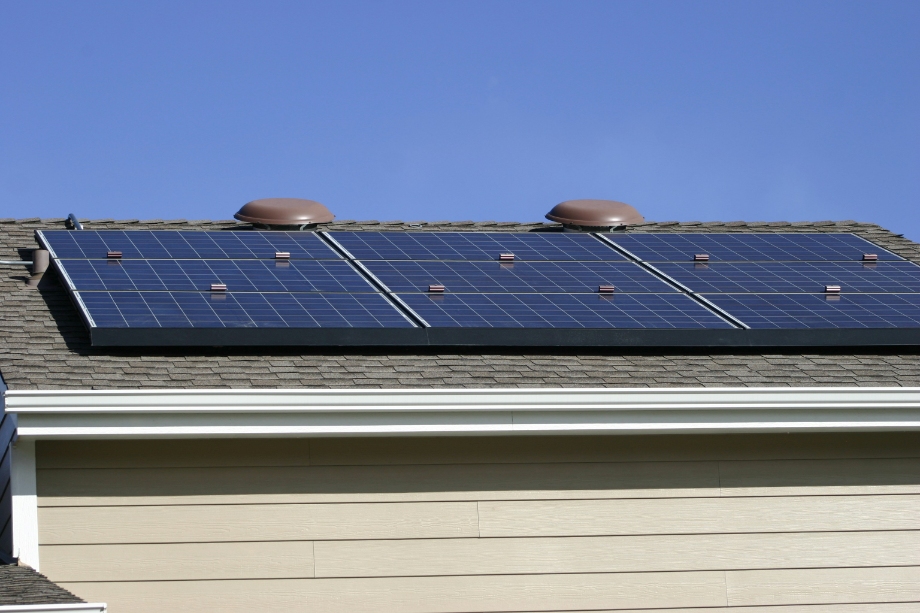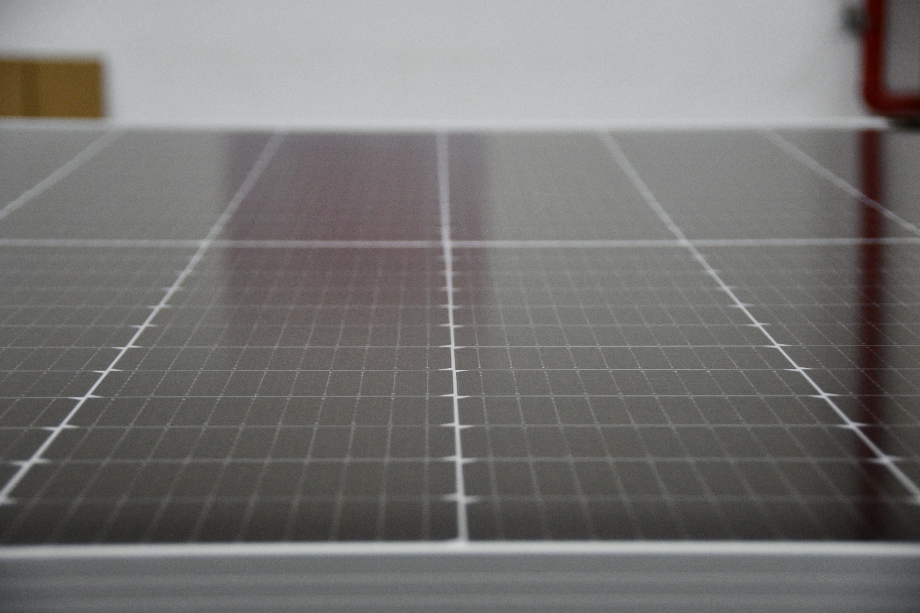Solar Panel Installation Cost for a 2,000 Square Foot House
If you’re asking, “How much does solar panel installation cost for a 2,000-square-foot house?” I’ve got the answer! According to recent data, most homeowners pay between $13,550 and $25,975 out of pocket. But don’t let that number frighten you — tax credits and rebate-distance can subtract thousands from your total. For example, the federal solar tax credit slashes 30% from your bill! Cost varies by the price of living in your area, your roof’s form, and the panels you choose.
Solar panels can help reduce your electric bills by $1,200–$1,500 yearly, and they pay for themselves after about 8–12 years.

Average Solar Panel Installation Cost for a 2,000 Sq Ft Home
Let’s discuss what you’ll pay to install solar panels on a 2,000-square-foot home. I’ll keep it simple—no confusing words!
What’s the Average Cost?
Most people spend between $13,550 and $25,975 upfront. Yes, that sounds like a lot! But wait—there are ways to save money. For example, if your roof is easy to work on, it might cost less. It could cost more if it’s tricky (like a steep slope).
A remarkable fact: The price changes depending on where you live. In sunny places like Florida, costs might be lower because installers work there often. In California, prices could be higher because of strict rules or busy companies.
Breaking Down the Costs
Let’s look at two ways to understand the price:
1. Cost per watt: Solar panels cost about $2.50 to $3.50 per watt.
2. Total system size: Most 2,000-square-foot homes need a 6 kW to 12 kW system.
| System Size | Total Cost Range |
| 6 kW | $15,000–$21,000 |
| 12 kW | $25,000–$42,000 |
Note: Smaller homes need smaller systems. Bigger homes need bigger ones!
How to Save Money
Don’t forget these two big savings:
● Federal tax credit: The government gives back 30% of your cost. If you spend $20,000, you’ll get $6,000 off your taxes!
● State rebates: Some states (like Florida) offer extra cashback. Check your local programs!
When Will You Break Even?
Solar panels pay for themselves in 8–12 years. How? They cut your electric bill by $1,200–$1,500 a year. After that, you’ll save money for decades!
Factors Affecting Solar Panel Installation Costs
When planning your solar panel setup, costs can vary based on three main factors: the type of panels, your roof’s design, and local rules. Let’s break these down.
Solar Panel Type and Efficiency
Solar panels come in two main types: monocrystalline and polycrystalline. Monocrystalline panels, made from single silicon crystals, cost about 20% more but work better in low light and last longer (25–40 years). They turn 18–24% of sunlight into electricity. Polycrystalline panels are cheaper but less efficient (13–16%), making them better for sunny areas with bigger roofs. While monocrystalline panels save space, polycrystalline ones help if you’re on a tight budget.
Roof Complexity and Installation Labor
Your roof’s shape matters. Flat roofs need extra frames to tilt panels for better sun exposure, adding to labor costs. Pitched roofs are easier but might need stronger mounts if steep. Roof material also affects installation—metal or tile roofs take longer than asphalt. If your roof is old or damaged, repairs before installation can add $1,500–$5,000 to your total.
Local Permitting and Utility Fees
Where you live changes costs. In Florida, permits and inspections add $500–$2,000, while some states charge fees for connecting to the grid. For example, Florida Power Services requires a $100–$300 interconnection fee. Always check local rules to avoid surprises.
How Many Solar Panels Do You Need?
How many panels you need depends on your energy use and roof space.
Calculating Panels Based on Energy Usage
Use this formula:
Yearly kWh ÷ Panel Output = Number of Panels.
If your home uses 10,632 kWh/year and each panel makes 400 watts, you’ll need 27 panels (10,632 ÷ 400 ≈ 27). Remember, panels produce less if shaded or dirty, so round up.
Roof Space and Panel Layout
Depending on shading and angles, a 2,000-square-foot roof can fit 20–30 panels. Panels work best facing south, spaced to avoid shadows. Flat roofs need rows with gaps for maintenance, while pitched roofs use the slope naturally.
Long-Term Savings and ROI of Solar Panels
Solar panels cut bills and boost home value over time.
Annual Savings on Utility Bills
A Florida homeowner with a 10 kW system saved $1,500/year by slashing their electric bill. Over 25 years, that’s $37,500 saved, even after upfront costs.
Impact on Home Resale Value
Homes with solar energy systems sell for an average of 4.1% more—$12,300 more for a $300,000 house. Buyers love lower bills, and some states exempt solar upgrades from property taxes.
Incentives and Financing Options
Government programs and innovative financing can make solar affordable.
Federal and State Programs (2024 Updates)
The 30% federal tax credit lasts until 2032, saving $6,000 on a $20,000 system. Florida offers extra rebates, like $1,000–$5,000 for battery storage. Always file IRS Form 5695 to claim credits.
About Solar Panel Installation Costs
Are solar panels worth it for a 2,000 sq ft house?
Yes! Solar panels cost $20,500 on average after the 30% federal tax credit. While that’s a big upfront price, they cut your electric bill by $1,200–$1,500 yearly. Most homeowners break even in 8–12 years; after that, you’ll save money for decades. Plus, homes with solar sell for 4.1% more, adding thousands to your home’s value. Solar panels are a wise investment if you plan to stay in your house long-term.
How long does installation take?
The whole process takes 2–6 months, but don’t worry—the actual installation is quick! Workers put panels on your roof in 1–3 days. The wait comes from permits, ordering equipment, and inspections. For example, getting permits approved can take 2–7 weeks, and utilities might need 2–6 weeks to connect your system to the grid. Delays happen if your town has strict rules or equipment ships slowly. Once everything’s approved, you’ll start saving fast!
Choosing High-Efficiency Solar Panels for Your 2,000 Sq Ft Home
When installing solar panels, picking the right technology matters for cost savings and long-term performance. Companies like Lu’an Solar, a global leader with over 200 patents and partnerships in 150+ countries, offer reliable options tailored to your needs. Let’s explore their solutions:

Monocrystalline Solar Panels
Lu’an’s Mono Solar Panels are ideal for homes with limited roof space. Made from single silicon crystals, they boast 18–24% efficiency, which converts more sunlight into power than cheaper alternatives. While they cost 10–20% more upfront, their sleek design and durability (25+ years) make them a top choice for maximizing energy output on a 2,000 sq ft roof.
TOPCon and PERC Solar Panels
For even better performance, consider TOPCon Solar Panels. These panels use advanced cell designs to reduce energy loss, achieving 22–25% efficiency—perfect for cloudy climates. Meanwhile, PERC Solar Panels add a reflective layer to capture extra sunlight, boosting output by 5–10% compared to standard models. Both options balance cost and efficiency, especially with Lu’an’s 30-year warranty.
Energy Storage for Round-the-Clock Power
Pair your panels with Lu’an’s SUN-PV Energy Storage Charging System. This battery stores excess solar energy during the day, powering your home at night or during outages. By reducing grid reliance, a 10 kWh system can save a 2,000 sq ft house $200–$400 yearly.
Why Trust Lu’an Solar?
With 800+ global partners and installations reducing emissions by 35 million tons, Lu’an combines innovation with sustainability. Their integrated manufacturing ensures quality control, cutting costs without compromising reliability. Whether you prioritize efficiency (mono panels) or storage (SUN-PV), Lu’an’s solutions help maximize savings on your solar journey.
Conclusion
So, what’s the bottom line of solar panel installation cost for your 2,000-square-foot home? Let’s break it down: Most homeowners pay between $13,550 and $25,975 upfront, but incentives like the 30% federal tax credit can slash thousands off your bill. Over time, solar panels pay for themselves in 8–12 years, thanks to $1,200–$1,500 in yearly savings on electricity. Plus, they average your home’s resale value by 4.1%!
Solar is a wise investment whether you’re motivated by lower bills, cleaner energy, or long-term savings. Ready to see exactly how much you could save? Get a personalized quote today—it’s free, fast, and tailored to your home’s needs. Don’t wait to start your journey toward energy independence!

















